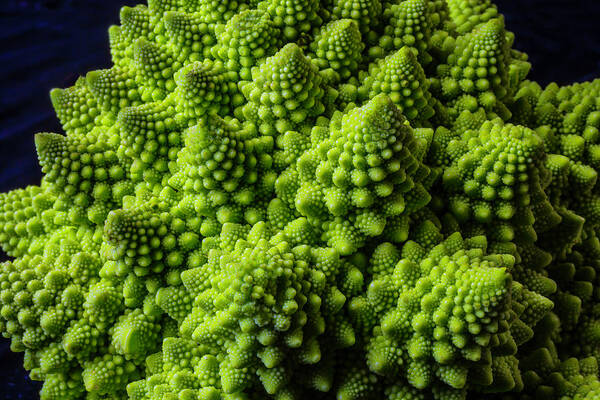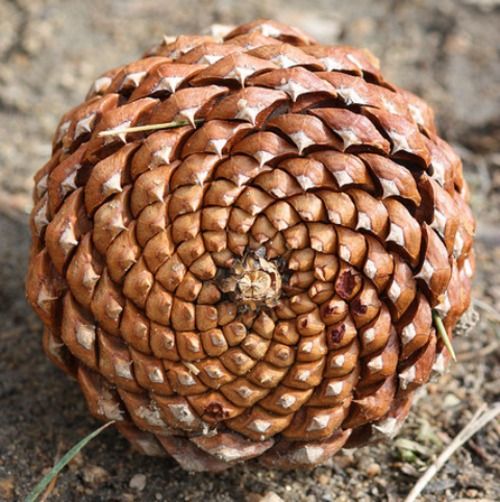1.618033988749894848204586834365638117720309179805762862135448622705260462818902449707207204189391137484754088075386891752126633862223536931793180060766726354433389086595939582905638322661319928…
This is the golden ratio, or part of it at least. Commonly believed in art to be a very aesthetically pleasing proportion, it has a close relationship with the Fibonacci sequence.
From the fibonacci sequence, it can be calculated by taking the limit of the ratio of consecutive Fibonacci numbers (i.e. lim{n -> inf} [(F_n+1)/(F_n)])
Examples of the Fibonacci sequence can also be seen in a lot of different forms of nature.


